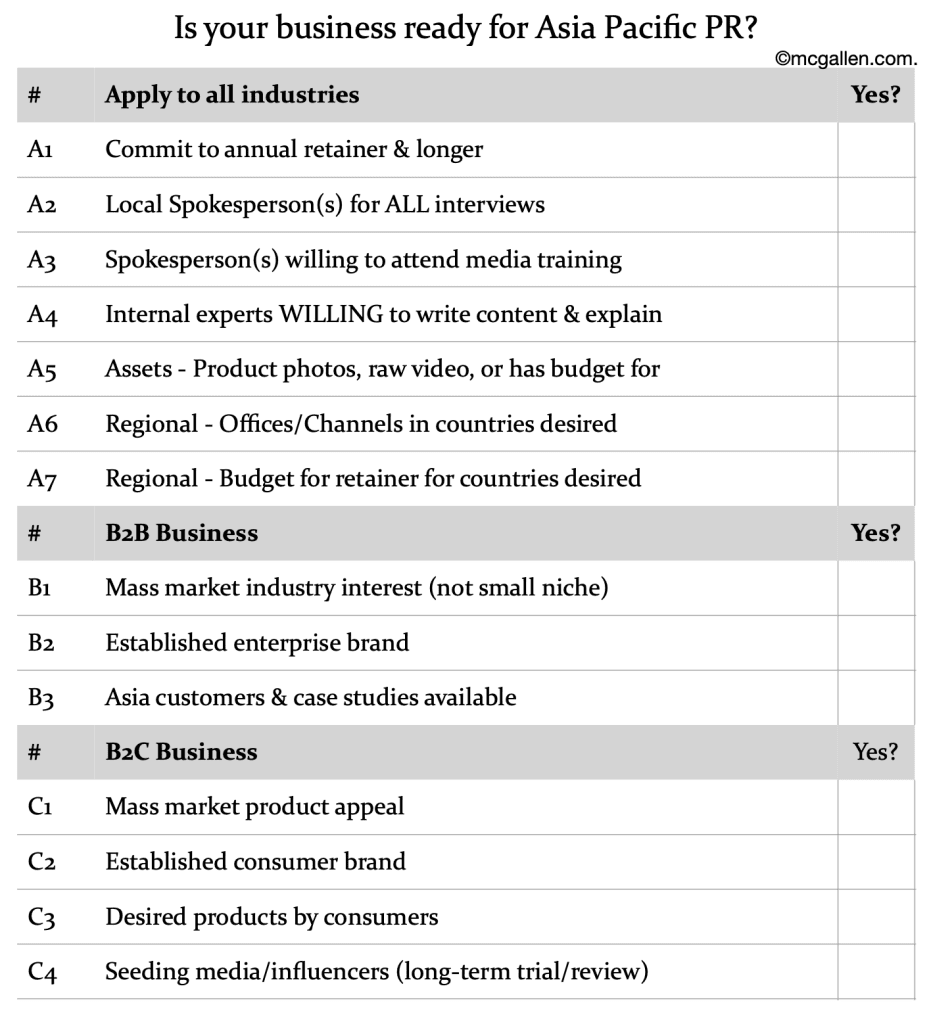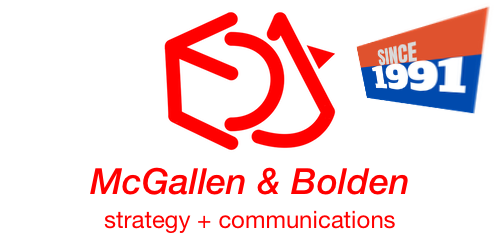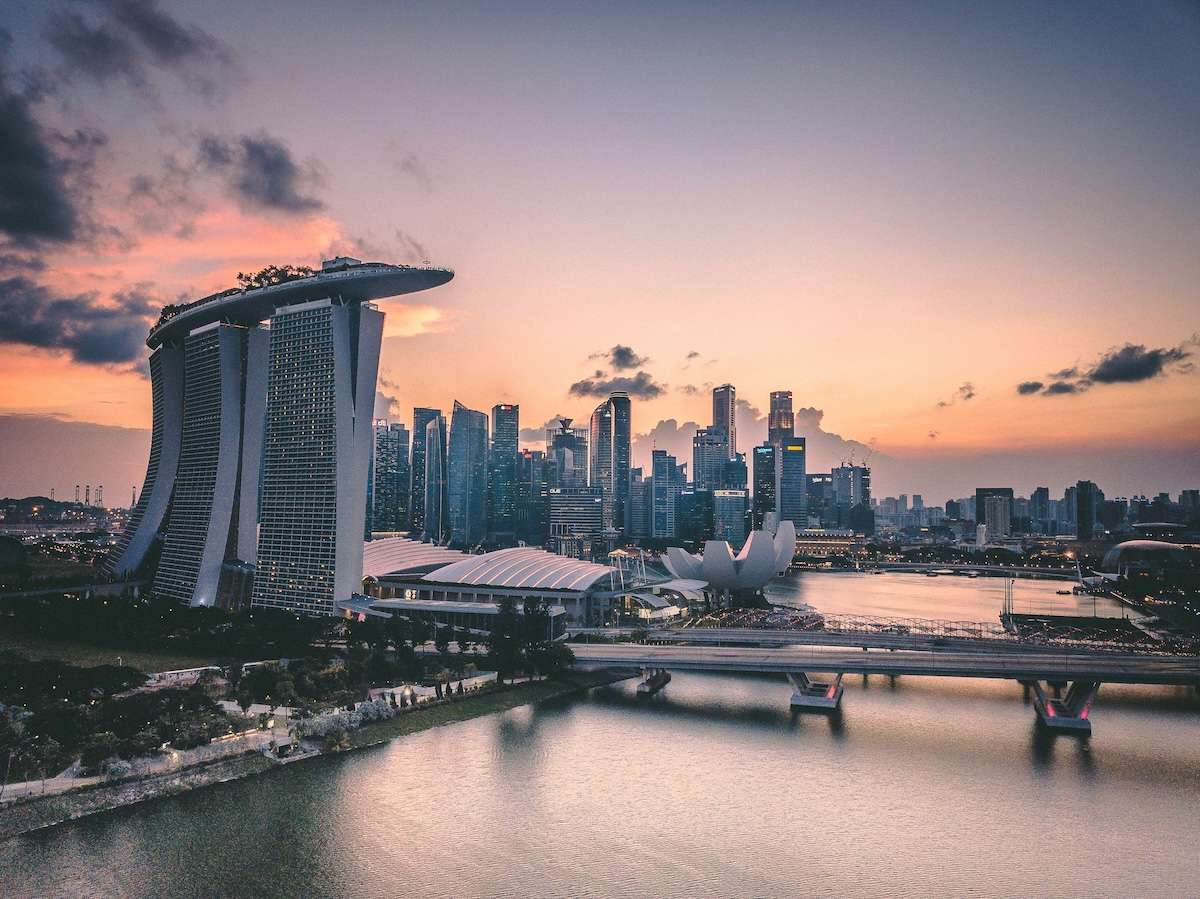So, you have done well in the Americas and Europe, and wants to grow your brand further in the 4.5 billion population of the Asia Pacific market. The Asia Pacific region is diverse, with more than 23 countries, and 14 major languages. But this market is not monolithic. So, every country in Asia Pacific will have its own nuances and require prudence and a long view. Is your business ready to do public relations in Asia Pacific? We have a simple checklist to help you decide.
1. Common checklist for all industries
In Asia Pacific, especially countries such as Singapore, Japan, South Korea, Taiwan, and Oceania, which comprises Australia and New Zealand, you most likely have to commit to a long-term public relations program. Unless you are a industry-leading brand like Apple launching the next much craved smartphone, any news from your business, especially if you are a B2B (business to business) entity, will find much less traction. This is why having a retained public relations program is very critical.
If you are a B2B business, it is equally important to have local spokespersons who can tend to all media interviews on cue. There are some businesses that set up almost virtual businesses in Asia Pacific, and only have spokespersons from their headquarters in Europe or the Americas. Time zone differences aside, it is also much less appealing to the media which may want local or regional insights from the trenches.
All local spokespersons should go through at least some media training, so that their expectations are realistic when it comes to media interviews and coverage. Some business executives, especially those who have no understanding of public relations, imagine the media will write anything they want and imagine media interviews to be like advertising. This is an aspect we especially stress during our media training programs to correct this misconception in some quarters.
For B2B businesses, it is also important to have technically competent experts in their relevant practice fields, to be willing to contribute content, and to explain the intricacies of their field whenever needed. Some media may need some background information for research now and then, and such technical spokespersons will become an important resource for public relations.
A very important and often missing area, is the availability of assets such as photographs, raw video or B roll, sound files, charts and illustrations. The media needs such assets. If your business is light on such assets, make sure you set aside some budgets for such asset creation.
If you want to develop your brand and reputation across the region, then also ensure you have budgets set aside for localization, and also local spokespersons in local offices who use vernacular languages. For example, if you want to be serious in Thailand, Vietnam, Indonesia, Japan, South Korea, mainland China, and Taiwan, you have to have budgets for language translation, and also local spokespersons who speak and write in those languages. English may be important, but it is just one of the twenty odd languages that are used in Asia Pacific. The Asia Pacific region is deep in human relations, and face-to-face interactions are seen as sincere and important. This goes for the media when deciding on interviews and coverage as well.
2. Checklist for B2B businesses
If you are a B2B business with mass market appeal products even though you sell only to business entities, it will be easier to gain media traction that if your product only appeal to a few hundred specialists. If your business is an international brand and is already widely known by all stakeholders in the Asia Pacific, including the media, then the entry into the public relations space is likely easier.
Another very important area is the availability of customer successes, especially those customers who can be interviewed by the media, and have case studies that are either already publicly known, or can be made public.
3. Checklist for B2C businesses
For B2C businesses, it is far easier to attract mass media attention if your products permeate to every community, such as essentials, rather than a luxury brand product that only appeals to the ultra rich. It is also preferable if you already are an established brand, then your runway can be short and your media outreach will still take off much more easily. Otherwise, be prepared to spend sufficiently to cover all ground. For mass market products, it is preferable if many people desire your products.
For some locales where media is limited, or if you want to widen the outreach to more people, the influencer space is important too. So, set aside budgets or inventory that can be sent to the media and influencers, for them to test out your products. Remember, just because you don’t want to send product samples or review units to the media, does not mean your competitors won’t too.

This is in a nutshell, the basic checklist items to check off to determine if you are ready to harness and harvest the Asia Pacific market through public relations. It certainly won’t be a walk in the park, but with the right agency and content partners, you will find it financially rewarding.
If you are serious about the Asia Pacific region and public relations, talk to us.
###

Dr Seamus Phan – Global C-suite Publicist & Strategist (Biochemist, Cybersecurity & Webdev pioneer, Author, Journalist) with 37 years of professional field experience.




